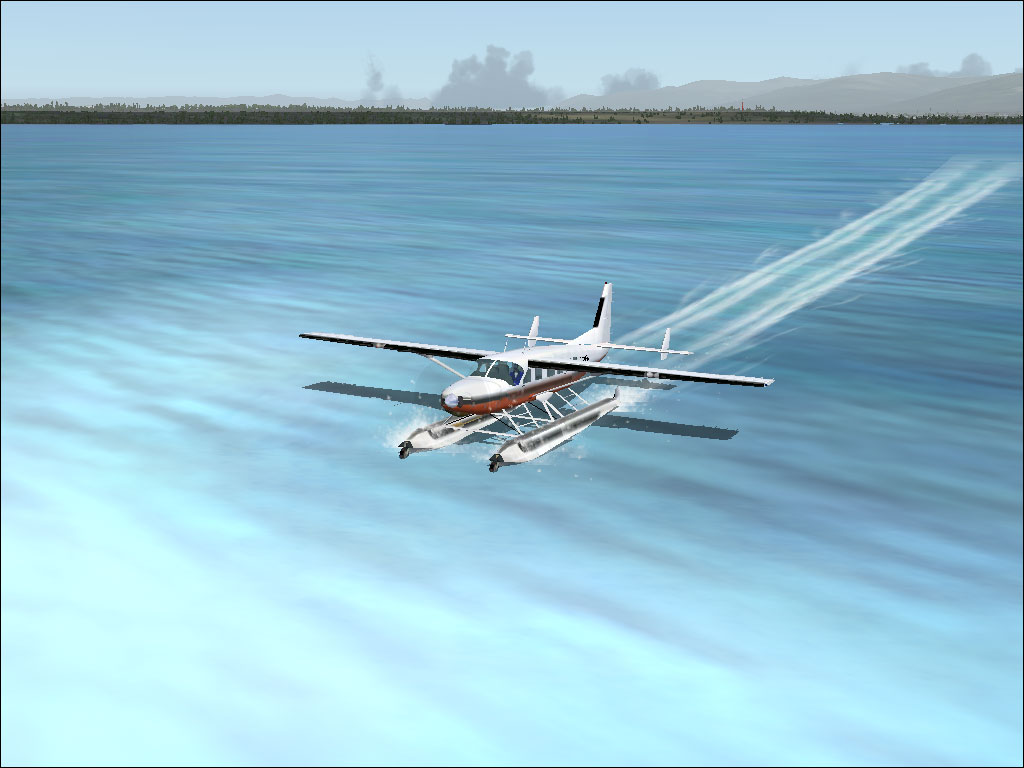Crusadier95
Registered User

Reged: Fri
Posts: 7
Loc:
|
|
 If you have any questions on Duel Polarization Radar I'll be glad to answer them If you have any questions on Duel Polarization Radar I'll be glad to answer them 
As we all now hail causes part of the damage to vehicles and house windows. A normal weather radar when the information is sent back, shows everything as rain fall. That includes hail, so meteorologists have to make predictions on whats hail or not by information of a spot's surroundings. Duel Polarization Radar is able to tell hail from rain because, unlike other radars where they send pulses on one axis it send pulses in 2 axis. Duel Polarization Radar has a feature that it only has, the Debris Feature. This allows it to detect flying debris making it easier to tell if there is something urgent. It also has a large sweep range, Bay News 9's Pinpoint Doppler 9000( located in Pinellas Park, FL) has Duel Polarization it's sweep area covers all of Florida. So Duel Polarization Radar is better then older radars.
|
Ed Dunham
Former Meteorologist & CFHC Forum Moderator (Ed Passed Away on May 14, 2017)
Reged: Sun
Posts: 2565
Loc: Melbourne, FL
|
|
Sorry, but you are incorrect. Lets start with a definition (from McGill):
"In general, weather radars send and receive microwaves at one polarization, usually horizontal. By transmitting and/or receiving radar waves at more than one polarization, additional information can be obtained on the nature of the targets.
The most common dual-polarization scheme is the transmission and reception of horizontally and vertically polarized waves. As a first approximation, horizontally polarized waves are sensitive to the horizontal dimension of the targets while vertically polarized waves are sensitive to the vertical dimension of the targets. So by comparing the relative strength of the two returns for example, one can determine whether the targets have no preferred orientation (or are round) like snowflakes or hailstones, or if they are somewhat flat like raindrops."
At a low elevation scanning angle of 0.5 degrees and a distance of 25 miles from the radar site using an S-Band (10cm wavelength) radar, the beamheight is already at an altitude of 1,500 feet above the ground - so a target would need to be at 1,500 feet for the radar to detect it. At farther distances from the radar the target would have to be even higher. A DPR does not really detect 'debris' , it detects cloud droplets, snowflakes, raindrops and hail and can differentiate between them. In most cases, the debris from a hurricane would be masked by the torrential rain - and in any event it would be below the height of the radar tower. If the hurricane was that close to the radar, the radar in all likelyhood, would be inoperable. At a distance of 100 miles, any debris would need to be at an elevation of about 30,000 feet - and hurricanes just don't do that. Remember the wavelength is 10CM - thats less than a half inch. A 10CM Doppler radar like the WSR88D or the WSR98D (first moment - radial velocity) is a great tool to monitor an approaching hurricane within about 230KM. A program is underway to add Dual polarization capabilities to the current NEXRAD radar network starting in 2009.
It should be noted that a DPR is believed to have detected debris at 10,000 feet (the case is currently under study) - from a tornado.
ED (Raytheon Doppler Radar Design Team)
|
Crusadier95
Registered User

Reged: Fri
Posts: 7
Loc:
|
|
Thank you Ed Dunham for correcting me. Most of my information came from Bay News9. I am sorry that I was incorrect and I will be correct with my information in the future.
(Noted that you are a new site user. You should use the PM capability whenever you want to make note of something to a particular individual.)
Edited by Ed Dunham (Mon Aug 25 2008 09:39 PM)
|
|



 Threaded
Threaded



 If you have any questions on Duel Polarization Radar I'll be glad to answer them
If you have any questions on Duel Polarization Radar I'll be glad to answer them 


